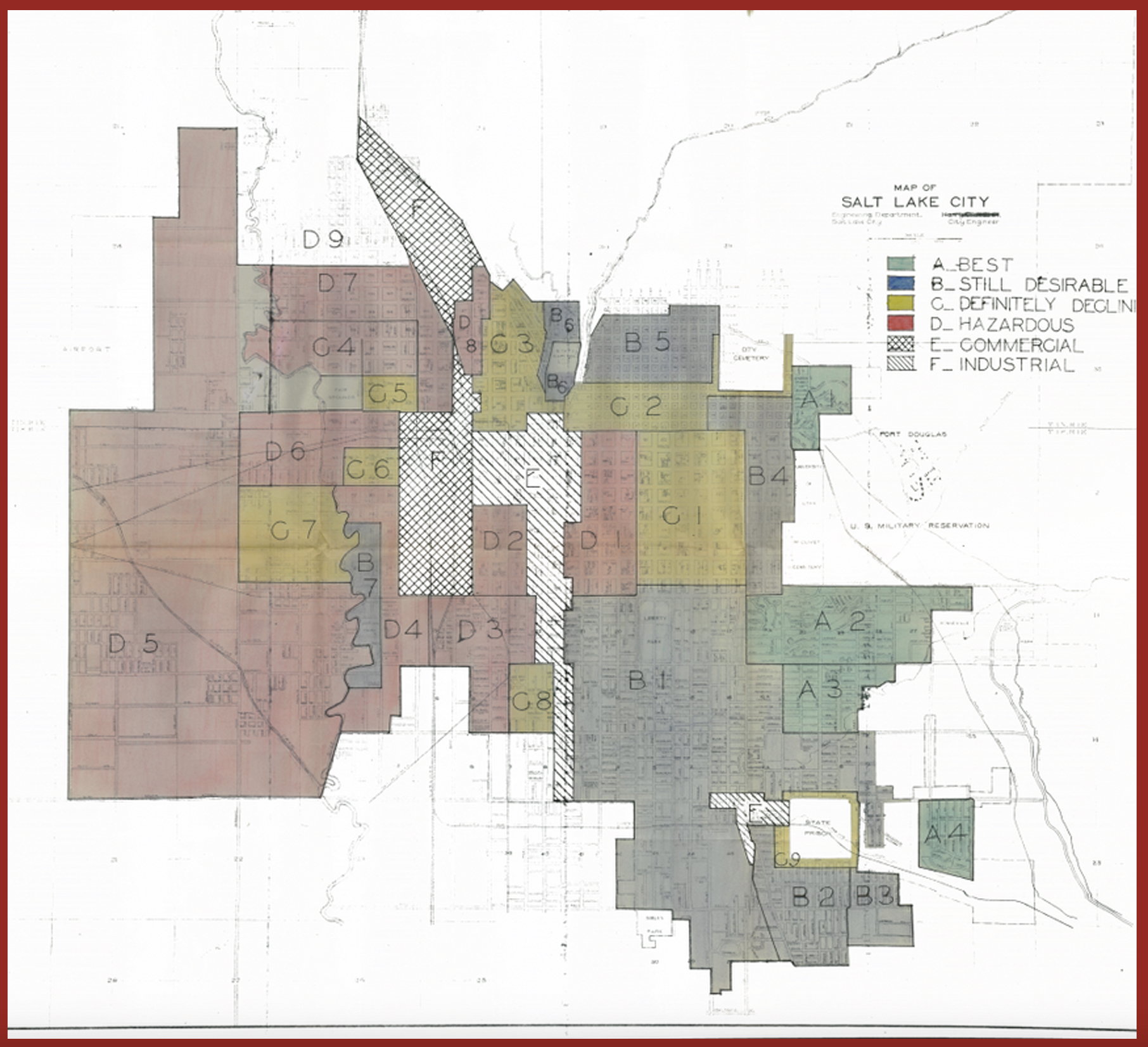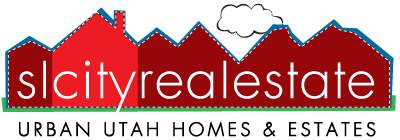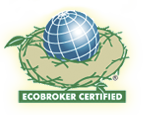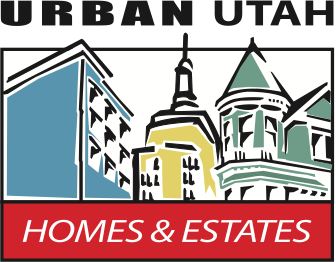Environmental Racism

The capital city’s west side, which includes neighborhoods like Rose Park, Poplar Grove and Glendale, has grappled with many environmental challenges over the decades. They include interstate vehicle smog, oil refineries, rail yards, notoriously dirty switcher trains that blow diesel fumes and a growing international airport.
Low-income neighborhoods and communities of color have long taken the brunt of environmental burdens in the United States. Minority populations are still overwhelmingly concentrated on the west side of Salt Lake (according to the Redlining Resources Tool Kit). Adding to the list of negative impacts from proposed developments in this area are the inland port , the human influenced natural disaster of the drying Great Salt Lake, and now UDOT’s plan to widen the I-15 freeway.
Car-centric transportation design will not better connect communities, on the contrary it further divides east and west communities while catering to commuters living outside areas where they work. The proposal does not support people-first public transit projects and may disrupt communities by destroying homes. Utah is currently experiencing a housing affordability crisis. The removal of housing to make room for roads is not a new phenomenon. However, given the need for housing, such actions are not justifiable in this case. Any use of eminent domain in particular to remove homes will immediately destroy community links, an outcome directly antagonistic to the project’s stated purpose.
There are organizations and public meetings where you can be involved. Here are a few links to find out more Sweet Streets, Westside Coalition, SLC.Gov







